The Rhodesia fantasy sees an Israel that can be controlled by a very small elite, what they refer to as a ‘villa in the jungle.’ At the heart of the delusion is an imagined community of ‘founders’ and an imagined majority status for what was always a minority.
By Seth J. Frantzman
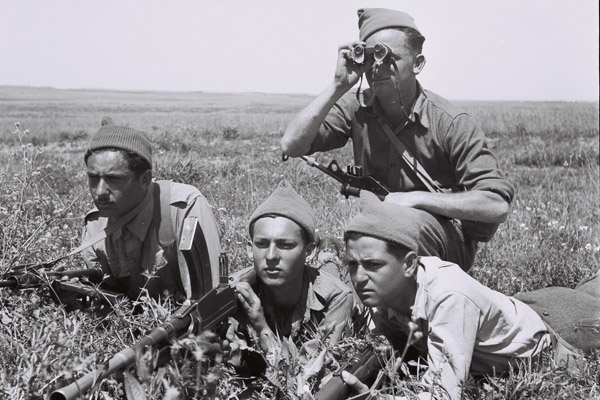
Earlier this month the editor of a major newspaper in Israel complained that the “non-Zionist tribes” were gaining ground in Israel. “There is no consensus on a joint, unifying national ethos…Ultra-Orthodox Jews and Arabs, who do not wave the flag or sing the national anthem, reject the ‘Jewish and democratic’ formula. As long as they were weak, small minorities, the center ignored them and moved on. But when half the first-graders belong to the non-Zionist tribes, the national anthem and flag have a problem.”
This narrative has a history that stretches back to the 1950s. Every decade voices have risen in Israel that have discussed the demographic threat. Haaretz editor Aluf Benn writes: “more ultra-Orthodox, Arabs and religious Jews and fewer secular Jews, the impact of demographic changes on Israeli society will only get stronger.” Ari Shavit writes about the capital of the country: “The battle for Jerusalem is almost lost. Haredi (ultra-Orthodox) students currently account for 39 percent of all the capital’s school children. Arab students account for 37 percent of the capital’s school children. Zionists account for only 24 percent of the capital’s school children and, of those, only half are secular.”
The demographic narrative is particularly interesting in Israel because it unites most streams of “Zionism,” from left to right. At the heart of the equation is “how many others are there” and “how many of us.” The definition of what is “us” changes depending on where one stands on the political spectrum. For the “Liberal Zionist left” it is about being secular and “liberal.” These kinds of debates were at the heart of the recent series of columns by Zionist Camp leader Isaac Herzog and Gideon Levy about whether Levy was “inside” the Zionist Camp or outside of it.
At a speech to the Herzliya Conference Herzog told the audience:
In about a decade, the Arabs between the Jordan and the Mediterranean will be a majority and the Jews a minority. The Jewish national home will become the Palestinian national home. We will be again, for the first time since 1948, a Jewish minority in an Arab state. I want to separate from the Palestinians. I want to keep a Jewish state with a Jewish majority. I don’t want 61 Palestinian MKs in Israel’s Knesset. I don’t want a Palestinian prime minister in Israel. I don’t want them to change my flag and my national anthem.
A fellow traveller in the Zionist-demographic narrative, S. Daniel Abraham writes, “Within its current borders, Israel is not a Jewish state. But the vast majority of Israeli Jews want to live in a Jewish state; most Jews worldwide want Israel to remain a Jewish state. Is Netanyahu listening at all?”
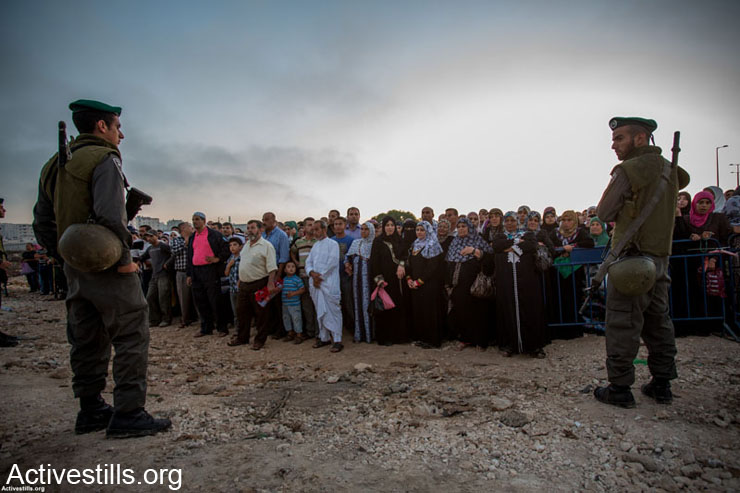
There are four primary threats to the concept of the “core” Zionist Israel and the “others” who threaten it. First come those the Israeli press and politicians refer to as Arabs in Israel and as Palestinians over the Green Line. Then come the ultra-Orthodox or Haredi Jews. After them are the various groups portrayed as “immigrants,” such as Ethiopians, Russians, Mizrahim, and non-Jewish “converts.” Articles highlight the numerous “non-Jews” in Israel. Headlines shout, “new law could open Israel to millions of non-Jews”, the “wannabe Jews” and “fake Jews” who are casted as threatening the “Zionist core.” Even the ostensibly “liberal” Gideon Levy who rejects Herzog’s “Zionist core,” writes of “a million immigrants from Russia, a third of them non-Jews, some of whom…have a degree of alcohol and crime in their blood.”
At the heart of the concept of “Zionist core” is an imagined community of “founders” of Israel and an imagined majority status for what was always a minority. Avigail Shaham writes of the kibbutz movement: “the fact that members were mostly Jewish doesn’t make it an ethnic community, if you meant that in the excluding sense. Just as it makes sense for a family to aspire to be a part of the same culture, heritage and language, it also makes sense for an intentional community, which in many ways is an extended version of a family.”
The concept of “intentional” community underpins “core Zionism,” which views Zionism as an exclusive preserve of a very small elite of European Jewish immigrants who came to Israel from the late 19th century to the early 20th century. In the period before Israel was created, these immigrants to Ottoman Palestine and then British Mandate Palestine, formed small communities of Jewish-Europeans only. Most of them were infused with communist and socialist ideas and blended that with Judaism and secular nationalism for a toxic mix of creating totally homogenous communities that they saw as the foundation for a national movement. When they founded a state based on their view, anyone who was not a member of the narrow movement became an “other.”
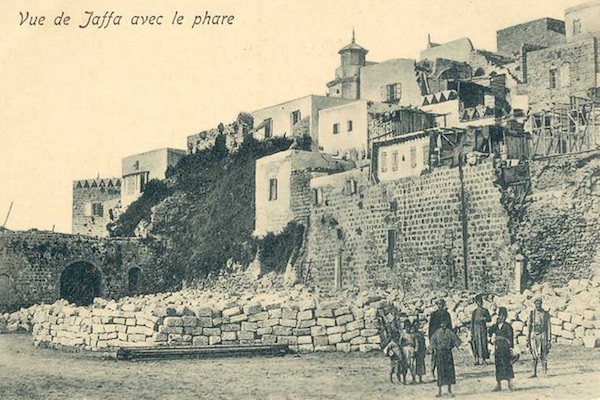
To solve the “problem” of having too many others in the country, barriers of acceptance were erected around the “intentional” communities, and the “others” were settled elsewhere. Arabs in Arab villages, immigrants from Morocco in Moroccan areas, immigrants from Yemen in their own moshavim or towns. During the Moroccan immigration, for instance, new “medical tests” were put in place to import only the strong “human material” for the young state, Avi Picard documented: “A host of medical and social restrictions were imposed on this wave of immigration. Candidates had to submit to medical examinations. Failure to appear for said examinations, or exhibiting negative behavior during them, constituted sufficient grounds for disqualifying the would-be immigrant.”
In 1951 Maj. Ezra Aaronson wrote a report on the nascent Israeli army and found the same sense of “othering” of non-Ashkenazi Jewish immigrants. “The new Israeli elite – composed almost entirely of European-born Jews – firmly held on to the view that Mizrahim were inferior.”
At the top of the racist pyramid was Israel’s founder David Ben-Gurion. In 1950 he noted, “The ingathering of the exiles is bringing us a rabble…Putting that rabble through a melting pot, reconstructing it in a human, Jewish, Israeli and afterward military way – that is the basis of soldiering.” But he had a dim view of all Jews who were not from his background, in 1965 he noted:
the young person from those countries has to be educated to sit on the toilet like a person, to wash, not to steal, not to grab an Arab girl and rape her and murder her – all this precedes the other things. Without it, the military training and education they receive is worthless…[Jews] from Morocco had no education. Their customs are those of Arabs. They love their wives, but they beat them… Maybe in the third generation something will appear from the Oriental Jew that is a little different. But I don’t see it yet. The Moroccan Jew took a lot from the Moroccan Arab, and I don’t see much we can learn from the Moroccan Arabs. The culture of Morocco I would not like to have here.
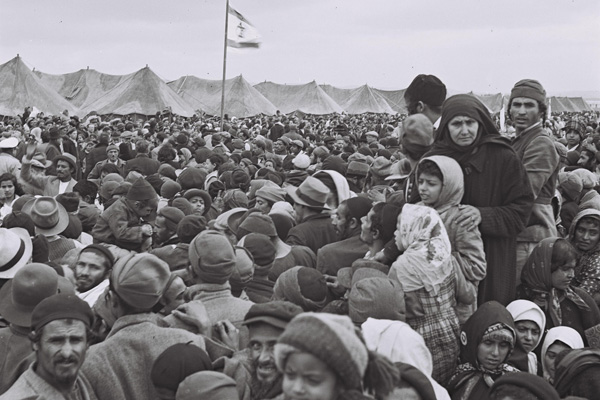
The basis of this view of non-Europeans was very much rooted in the European education and concepts of social Darwinism and eugenics that many leading Zionist “experts” in the 1950s had brought with them. For instance, German-born Col. Yehuda Wallach wrote:
I have met three major types of Moroccans. For example, the educated urban Moroccan who was schooled in France and digested certain cultural values. There’s the urban Moroccan who came into contact with culture but did not digest it – he’s the Levantine type whom we know from the Beirut, Damascus or Jaffa Arab. And the Moroccan who comes from rural areas, who is ignorant and is at least a thousand years behind in terms of civilization.
In a sense this imagined community of “core Zionism” that was being constructed in the 1950s sought to rationalize the country along the same racial-ethnic ladder theories that had been common in Europe through the 1950s. Similar racial views of the “inherent” inferiority of other groups tarred U.S. thought in the Old South and in the South Africa of the 1960s and Henrick Verwoerd’s “rational” racism.
The “fathers” of Israeli sociology such as Arthur Ruppin were deeply involved in training entire generations of Israelis that anyone who was not European was inferior. For instance Shmuel Noah Eisenstadt, who influenced Israeli sociology from his perch at Hebrew University “developed a process for the socialization of the Mizrahim, which he termed ‘desocialization’ and ‘resocialization.’ First, the state must divest the immigrants of the Oriental cultural baggage with which they arrived in Israel; in the second stage they would be refashioned according to European cultural values.” When I studied at Hebrew University for my PhD in 2006, his views were still worshipped and accepted.
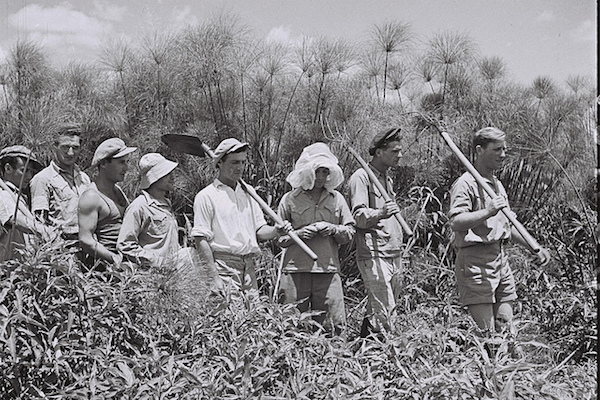
The long affect of these views was to inculcate a view of what is called a “white tribe” in Israel. Even in the last Israeli elections of 2015 the concept of the struggle between the “white tribe” and the rest of Israel was very paramount. Nehemia Shtrasler defined this group as “an amorphous group comprising Jews of Ashkenazi origin who live in north Tel Aviv.” This is the same group that refers to itself as “core Zionism.” This is the “core” that is threatened by Arabs, haredim and everyone else. This is the “center” that is threatened by the “periphery.” Carlo Strenger sums this up neatly:
Much of Mizrahi voting patterns are therefore due to the fact that Mizrahim constitute the overwhelming majority of Israel’s lower socioeconomic percentiles and of Israel’s periphery…Israel’s left has tried to tackle the animosity of socioeconomically disadvantaged Mizrahim in the wrong way. It has desperately tried to show how socially minded it is, implicitly trying to ingratiate itself to the lower socioeconomic classes… we care about Israel’s remaining a liberal democracy, and our deepest concern is that Israel’s political right is undermining core liberal values.
+972’s Larry Derfner writes the same way, “I want to stress that I am referring only to poor, generally under-educated Mizrahim who make up the base of Likud supporters…Israeli leftists say we have to treat the poor Mizrahim as equals, we have to stop patronizing them.” He claims though that not all “Mizrahim” deserve to be outcast; “don’t turn your backs on the Mizrahim poor. They’re not all fascists by any means, and the ones who are have children, and those children need our solidarity.”
Guy Spigelman disagrees however, writing in March:
You want people like me to stay [in Israel]? You want the almost one million citizens who voted for Zionist Union and Meretz, whose form of Zionism and Judaism don’t align with yours, to not disengage from the rest of Israel? Prove to me that we are not outside the fence – because that is how it feels at the moment… Why should we feel extra responsibility for the education, health and welfare of all Israelis?
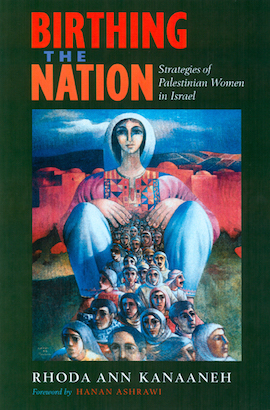 He was wondering why the “Zionist core” that he is a part of, his “form of Zionism” should have to continue to pay for the “others,” those outside the “core.” When other members of this group speak of Jerusalem being “lost” because of “demographics” because of “too many first graders” from other groups, this is when we see the concept of Israel’s Rhodesia fantasy emerging.
He was wondering why the “Zionist core” that he is a part of, his “form of Zionism” should have to continue to pay for the “others,” those outside the “core.” When other members of this group speak of Jerusalem being “lost” because of “demographics” because of “too many first graders” from other groups, this is when we see the concept of Israel’s Rhodesia fantasy emerging.
The Rhodesia fantasy sees an Israel that can be controlled by a very small elite, what they refer to as a “villa in the jungle.” They pretend sometimes that their “Zionism” is being threatened or they are “outside the fence,” but the real fence is the one they erected in 1948. They erected fence after fence to keep “others” out. Whether it was restricting immigration, or the fences to keep the Arab minority from “infiltrating” or the curfews imposed until 1966 on Arabs in Israel, or the fences of the acceptance committees that keep all minorities out of rural communities, or the concept of center and periphery, development town and kibbutz, from 1948 to 2015 the concept has been to at once and the same time, fence out the “other” but maintain a Rhodesia concept of control of the majority by a tiny minority.
There has been no real attempt to impose a full Rhodesia solution to “save core Zionism” from the others, because of the 1977 elections and the decision by the military elite not to impose a coup on the solution. But you can hear in the voices of this angry group how much they fear their Rhodesia being eroded. It is “lost” they say, it is being “taken” from them, they complain. The children in schools no longer are “theirs” and no longer wave the right flag. The national “ethos” is gone.
It is interesting that they have self-defined the national “Zionist” ethos as their own, when they worked so hard to prevent Arabs, haredim, Mizrahim and everyone from partaking of that ethos. When you build an acceptance committee and only allow “your kind,” it is hard to then complain that the others didn’t embrace your values. How can the colonized embrace the values of the colonizer when they are the second-class citizens, Memmi would have wondered. Israel’s others are not exactly colonized, but they are unwanted. They are the vast majority of the country, some 80 percent, but they are seen as a threat to the “villa.”
The Rhodesia fantasy of “core Zionism” and the core being “eaten away” is precisely due to the failure to have created an inclusive society in Israel. Instead of viewing all the groups as a “threat” they should have been viewed as part of the country and included. Parties should be diverse, not ethnically homogenous. It isn’t just a problem of the 1950s, it is a problem of 2015 because those voices nurtured on Ruppin are now adults and view the country the same way: they were in the same youth group, raised in the same closed society, in the same units in the army, and their view of most of the country is that it is a threat and that it doesn’t even belong in the country. Mizrahim, Arabs and haredim are viewed as “foreigners” in a country that they are native to. When the first “core Zionists” got off the boats they were greeted by Sephardic families, Arab stevedores, and haredim. Those were the majority groups in the country and especially in places like Jerusalem. When people claim Jerusalem is “lost” because it has Arabs and haredim, it isn’t lost — they are the native inhabitants of Jerusalem.
Secular “core Zionism” has imagined itself as an indigenous national ethos which is entirely an imagined community. Had it wanted to be a core ethos it would have been more open and welcoming. It wasn’t and that is why it has failed and why its “core” is crumbling.
The author is a Jerusalem-based journalist and academic who holds a PhD from The Hebrew University of Jerusalem. This article was first published on his website.
